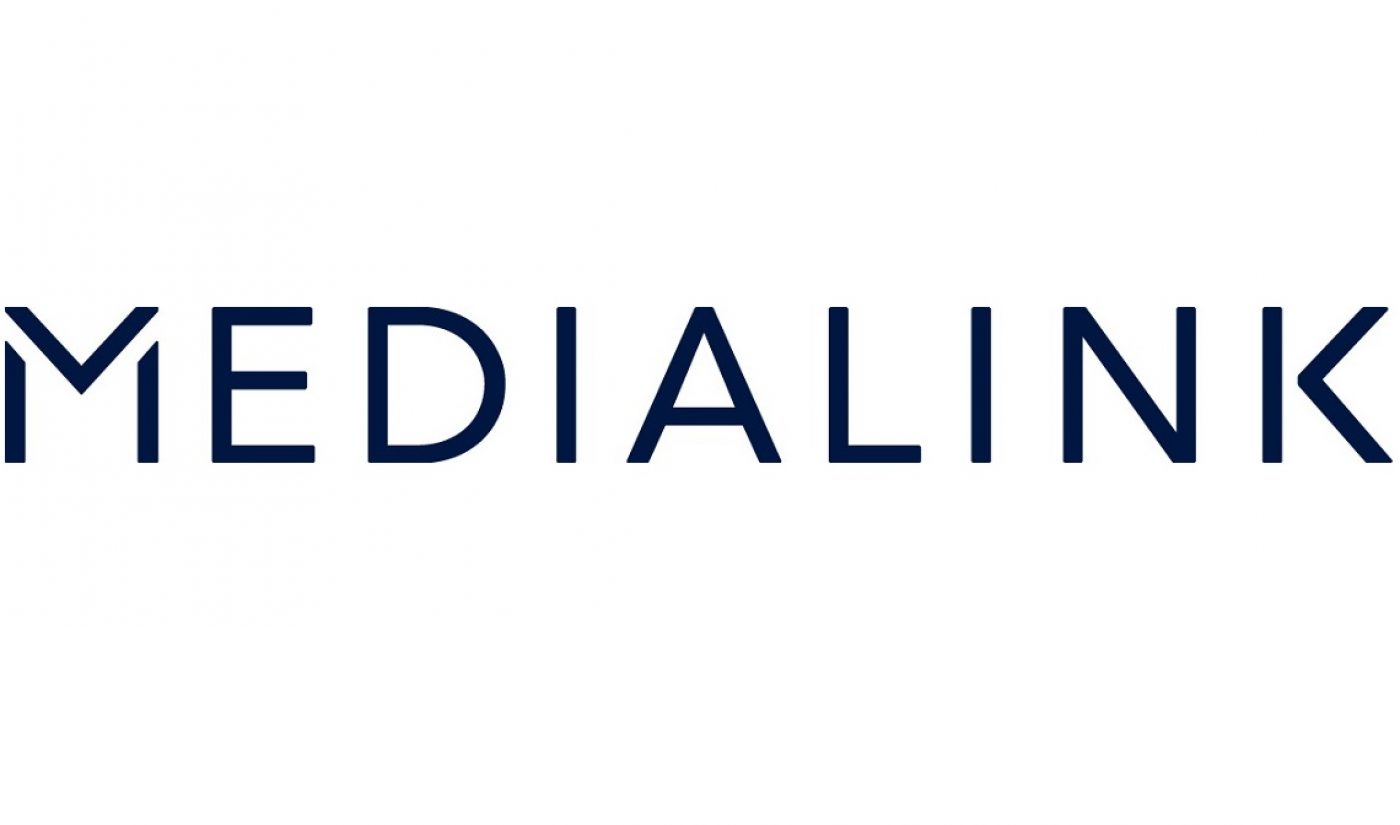The growing influence of online video and its emergent class of influential talent talent has forced media and related industries to re-think the way they do business. Advising and development firm MediaLink knows exactly what all these brands and companies are going through. MediaLink specializes in helping companies at the intersection of media, entertainment, marketing, and advertising strategize on how to move their businesses forward and out of restrictive old media ways.
MediaLink Chairman and CEO Michael Kassan will discuss what the current state of the shifting media landscape looks like now and how his company navigates the ever-changing terrain for it for clients at Stream Con NYC. In anticipation of his session, we reached out to three of MediaLink’s clients to hear their thoughts on how online video has changed the way they do business and what they believe their industries at large will need to change in order to stay relevant. Here’s what they had to say:
Mark Graham, Editor-in-Chief at Decider (entertainment discovery site)

Subscribe to get the latest creator news
If it isn’t online, it might as well never have happened.
This is the prevailing mindset of today’s primary consumers of content, be that of news or entertainment products, regardless of their age. Increasingly, video is becoming the dominant and preferred manner with which to deliver said news and entertainment. Regardless of whether or not a consumer is on the hunt for something hearty (i.e., longform entertainment) or bite-sized (snackable clips), video packages give the people what they want, when they want.
As the online media industry shifts from its reliance on the written word to delivering its product to consumers in video form, legacy media titans will be forced to make tough decisions as it relates to the skillsets that their employees possess. Just as stars of silent film suddenly found themselves out of work when audiences started gravitating to “talkies,” those news organizations and journalists without the desire or talent to adapt to this new medium will find themselves on the outside looking in. The long-held belief that content is king will take a blow as media brands realize that distribution is just as, if not more so, worthy of the crown.
Ezra Kucharz, President at CBS Local Digital Media (digital media platform)
Two benefits of online video have been the ability for us to extend our reach and expand our content offering. Reach has been impacted in two key ways. First, digital simulcasting of our Local TV News Broadcasts and creating on-demand video clips has given us the opportunity to serve our audiences throughout the day, outside of traditional day-parts and in places where our audiences don’t have access to a Television. Second, distributing our video content online has also extended the geographical reach of our local brands. We see local news stories getting views on YouTube outside of their local DMA, and not just from other parts of the country but from around the world.
Online video has also expanded our content offering on both the TV and radio sides of the business. Our TV stations create exclusive digital updates and 24/7 coverage of special events like the Pope’s recent visit to the States via online streaming video channels. And we’ve made radio a visual experience by video simulcasting certain radio shows and capturing in-studio segments and interviews for on-demand video consumption.
Demand for online video among brands and agencies will continue to grow in response to consumer habits and because video is such a powerful vehicle for relaying a brand’s message to consumers. We as content creators and publishers should continue to work more strategically with agencies to find the right opportunities for brands to present their messaging and break through the clutter.
Fern Feistel, Head of Marketing at Xumo (content delivery technology)
With more capable mobile and tablet operating systems came increased viewership via those devices. This, in turn, allowed viewers to take their video-viewing experiences on-the-go. This has directly affected the broadcast and pay TV companies with TV viewership among 18-34 year olds dropping over 30% over the last five years. Individuals rely heavily on Internet-capable devices, including smart TVs, to stream the content they prefer to watch, as opposed to the bundles cable companies force upon their subscribers.
This trend is only growing stronger and, in response, Xumo has developed the Xumo Platform which can power both over-the-top (OTT) broadcast and video-on-demand (VOD) white-label solutions with dynamic ad insertion, content recommendations and social functionality. Leveraging technological advancements through which living room devices have become both connected and aware, Xumo offers multiple ways to reach, engage, and monetize consumers within the home.
Additionally, in a viewer and content-first environment, the media must recognize that these OTT trends are here to stay. In fact, several media publishers such as The Wall Street Journal, Time Inc., and Condé Nast have partnered with us to take their premium digital content over-the-top because they have recognized that their audiences expect the delivery of content to change—seamlessly.
You can hear from Kassan, along with a plethora of live streaming and online video leaders, at Stream Con NYC. Get your tickets here.








